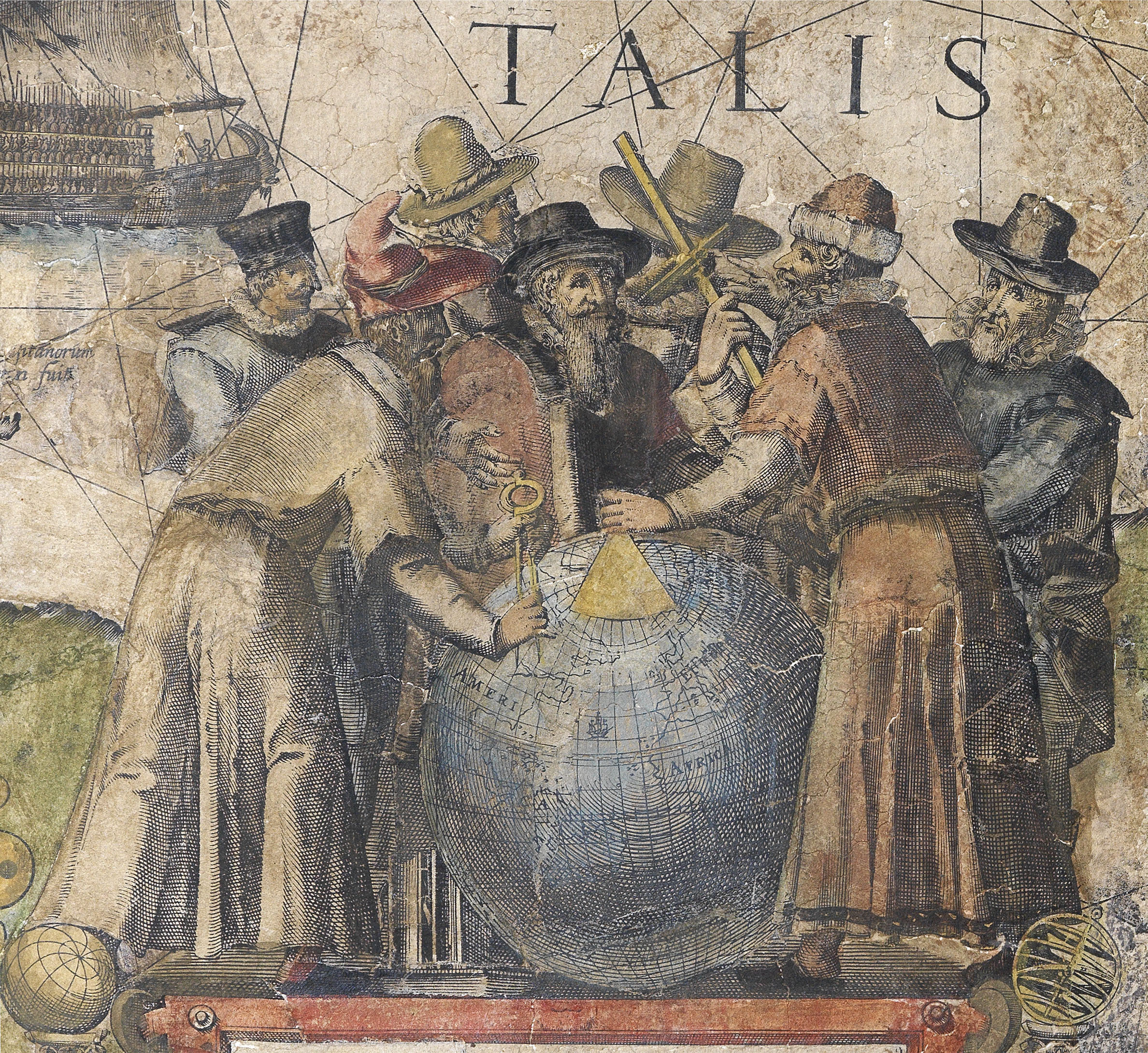John Seller
(c1632 - 1697)

John Seller is one of the most important figures in English map-publishing, but his reputation has suffered at the hands of later critics.
He was a mapmaker, chartmaker, compass-maker and mathematical instrument-maker; an author, mapseller, bookseller and globeseller and cartographic publisher, successively Hydrographer to Charles II and James II.
He was apprenticed to Edward Lowe in the Merchant Taylors’ Company; Lowe was presumably an instrument-maker, which lead directly or indirectly to Seller’s interest in navigation and then chart-making. He was consulted by Sir Robert Hooke on magnetic variation and had a letter published in the Journal of the Royal Society.
However, his career nearly ended badly; he was accused and convicted of High Treason in 1662, but reprieved, seemingly on the intervention of the Duke of York, the king’s brother, who was an early patron.
His first chart was A Chart of the Seacoasts of England Flanders & Holland. Unfortunately it was plagiarized from the work of Sir Jonas Moore, and was replaced by a new chart, duly credited, which appeared in A Description of all the Sands, Shoals, Buoys Beacons, Roads, Channels, Sea-Marks, on the Coast of England, from the South-Foreland to Orford-Ness (1671).
However, he had already conceived his grand project, a series of chart-books to be published under the heading The English Pilot, covering all the navigations of the world from 1671 to 1675. By the fifth volume, it seems that Seller’s ambitions had exceeded his resources; by 1677 Seller had taken William Fisher, John Thornton, John Colson and James Atkinson into partnership. The partnership was short-lived, and several titles passed out of Seller’s hands.
In the meantime, Seller was publishing the Atlas Maritimus, the first English sea-atlas published to compete with the Dutch, using plates from the English Pilot and others from his general stock. He also announced plans for a new survey of the counties of England and Wales, with several maps prepared on two sheets, and single-sheet reductions made to be assembled as an atlas; the project failed, and only two copies of the atlas, mocked up as sample books survive, although later printings of the maps are known.
After the end of the partnership, Seller concentrated principally on pocket atlases, notably A Book of Geography shewing all the Empires, Monarchies Kingdomes, Regions Dominions Principalities and Countries, in the Whole World, re-issued as The Atlas Minimus, Atlas Cælestis (1680), Atlas Maritimus: or, a Sea-Atlas (1682), A New Systeme Of Geography (1684), Atlas Terrestris (1685) and Anglia Contracta (1694).
Seller had an important output of separately published maps, notably his map of New Jersey (1674), New England (1676) and a pair of celestial charts, the Southern Hemisphere drawn by Sir Edmund Halley (1678).
While Seller’s career may not have been a financial success, he brought William Fisher and John Thornton into publishing; his successors and apprentices (and theirs) carried on the trade and supplied, by direct master-apprentice descent, some of the leading figures of the London map trade into late Victorian times, a heritage of over two hundred years.
 地图
地图  地图集
地图集  珍本
珍本  版画
版画  天文仪器
天文仪器 






